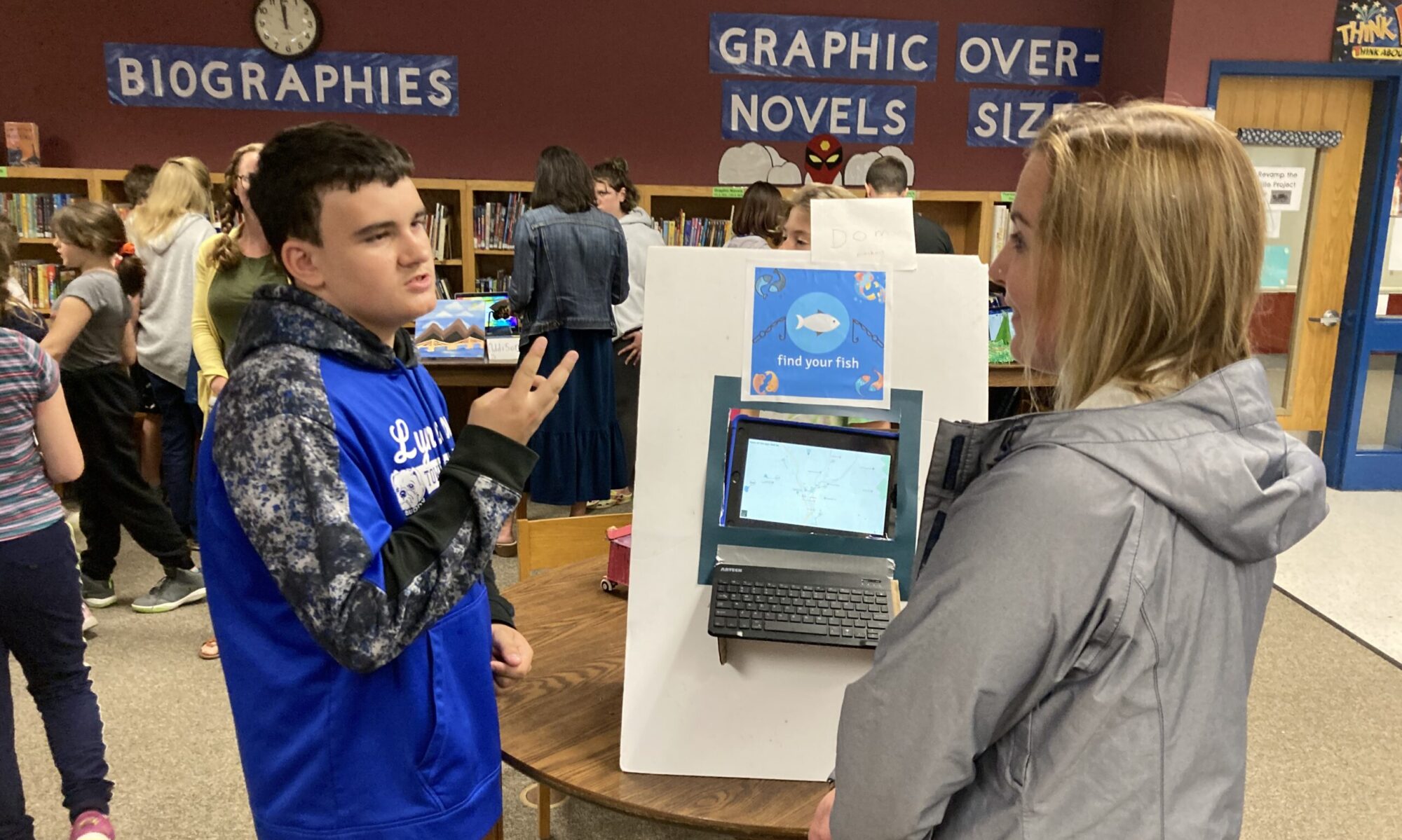 There is no tired like teachers at the beginning (or end) of the school year are tired. Establishing routines, procedures, community and trust takes time and lots (and lots!) of energy.
There is no tired like teachers at the beginning (or end) of the school year are tired. Establishing routines, procedures, community and trust takes time and lots (and lots!) of energy.
How can you create classroom routines and norms so the class feels safe, comfortable, happy and ready for learning? Here are eight ideas.
1. Welcome kids at the door
Connect with each child as he or she comes in. Ask about something. The soccer game last night. The book he is reading. The band on her shirt. Anything that says: I see you. I care that you are here. You are important.
2. Establish attention-getting signals
These can be clapping, ringing a bell, a chime, or a chant. Extend student voice by letting students do it at any time as well. No one likes yelling, so practice this as a group until the class is very good at it. This will continue to take practice throughout the year, but it will save tons of time in the long run. Music also helps with transitions, work time, and improving or changing moods.
3. Use sticks to randomize student seating and participation
There is nothing so trusty as the humble, low-tech popsicle stick! Oh so useful with each students’ name on them, in a cup. You can use this for morning meeting seats so groups of friends don’t cluster and dog-pile each other. Also, students will get to know other students and build community. You can use them for special seating, for participation, and for any dispute about who gets to do something.
4. Teach and model procedures slowly
Show the kids how you want them to do certain procedures in the class. Have students role model procedures being done calmly and completely. For more student voice, ask the kids, how do you think we should do this activity (line up for lunch, go to recess, put materials away, etc.)? List characteristics of the procedure that would create a climate students would like (calm, safe, friendly) and then have students model these. Showing too many procedures (or too much teacher talk of them) will tire everyone so only do one or two a day.
5. Show students themselves in this space
Build community with identity activities such as sharing student art, labels, and getting feedback from students about spaces. These labels of space in the room, the hanging of student work and using student feedback to design spaces will increase student ownership, feelings of community, and comfort.
6. To establish class norms and rules, ask the kids to lead the way
The class can create the rules and norms through a process of brainstorming together. List all student ideas for how they want the classroom to be this year. What do they dream it will be like? Creative, exciting, respectful, engaging? Then ask, how can we get there? List ideas for how to BE. Not negative, but positive language. Include all ideas.
Then later, ask the students to pick their top norms (or rules) and possibly combine some. Have a student create a visual (poster or digitally) to hang in the room. Have all students sign it to show their agreement. Send one home so parents know the expectations for the community. Remind kids as needed about the type of classroom community they dreamed of– and how behaviors can support that vision.
7. Different activities and classes may require different norms
Read-aloud time, morning meeting, academic class time, project time, transitions, all can have different norms and procedures. Take them one by one, and teach and model them for students (with students). Many students need these skills taught and modeled — we can’t make assumptions that they know. Take time each day to clarify and model norms and expectations. Then:
8. Reflect and adjust
The class community is moving, growing, and changing all the time. Check in with students:
- How is the end of the day going?
- Are you feeling good, and getting what you need?
- Do you feel safe and ready to go home?
Check in regularly (or even each day, at the end of the day or class). Take student feedback and adjust procedures with student (and teacher) feedback. The norms will change and will need to evolve with your community.
What about adding devices to the mix?

Adding handheld or laptop computing devices to a classroom definitely changes the tenor of a classroom, and students need guidance on appropriate use.
Specifically, as a classroom, work through:
-
- When device use is appropriate;
- How to appropriately use the device;
- What collaboration with devices looks, sounds and feels like;
- What community guidelines exist around device use (digital citizenship, staying safe online, expressing opinions online);
- How to get help with devices;
How and when to help others with devices.
Have fun with creating norms
Educators at Hazen Union School, in Hardwick VT, created this short video to create and model norms around iPad use at their school.

Take a deeper dive into device-driven norms with G is for Group Device Management and these tips on iPad management in the classroom.
What are your ideas for creating class norms and procedures in a student-centered environment?
Please share them in the comments.


Comments are closed.